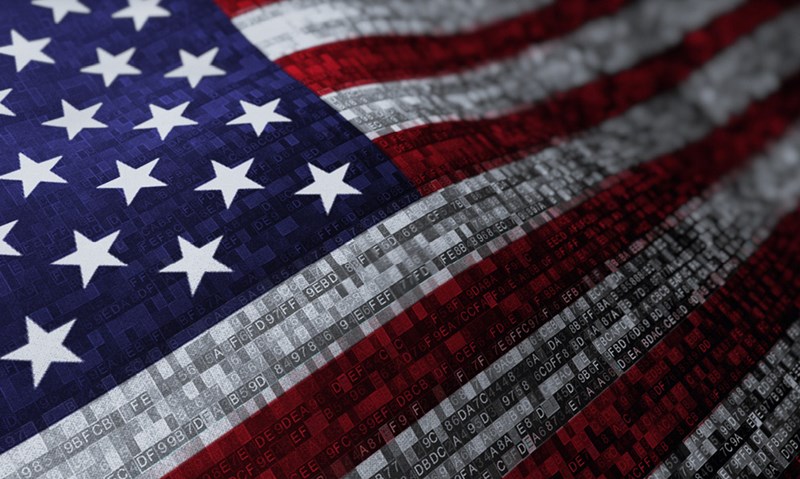



By Adam Andrzejewski
Under the guise of closing the “digital divide” between the poor and everyone else, the $1.2 trillion so-called bipartisan infrastructure bill would allocate $65 billion to expand and improve broadband across the country.
All Democrats and a few Republicans in the Senate voted for it. Currently, the measure sits in the U.S. House awaiting action.
The 2,700-page infrastructure bill funds things like $50 monthly credits for low-income Americans to pay for internet access, and gives grants for “construction, improvement or acquisition of middle mile infrastructure,” among other things.
However, most of the funding – $42 billion – would create government-owned networks, or GONs.
The former chairman of the Federal Communications Commission (FCC) and current CEO of The Internet & Television Association (NCTA), Michael Powell, told Axios the proposal, is “surprisingly Soviet.”
The $42 billion will go directly to states and will be used to create these GONs, which supporters argue are needed because the private sector won’t build them.
But private broadband providers have spent more than $1.6 trillion since 1996 to build and improve networks, a 71% growth in rural broadband, according to the Taxpayers Protection Alliance.
GONs aren’t new — in the last decade, there have been numerous examples of these networks proposed in municipalities and states, some of which never got off the ground, while others were mired in corruption and scandal, according to Reason.
Several of the GONs that do exist are nearly obsolete because 5G wireless connections and other private-sector innovations offer better prices and speeds.
So why spend taxpayer money on creating new GONs when the private sector seems to have the job covered?
The Biden Administration is serious about the government owning the new internet. Earlier this year, Biden proposed $100 billion in government broadband ownership.
In fact, out of 560 White House employees, the second most highly compensated is the broadband czar, Elizabeth Hone, the senior policy advisor for broadband, who makes $183,164 a year
Under the infrastructure provision that passed the Senate, states would get the funding, with priority going to projects run by state and local governments or nonprofit organizations, that put together plans for “deploying broadband, closing the digital divide, and enhancing economic growth and job creation.”
In other words, the federal government wants to be in the business of providing internet services and wants to push out the private sector.
Saying, “Broadband internet is the new electricity,” President Joe Biden’s White House fact sheet pointed to the 1936 Rural Electrification Act that ran power lines to every home and farm in the country. That effort was 85 years ago, still six years before even President Biden was born.
Since, the White House claimed, “more than 30 million Americans live in areas where there is no broadband infrastructure that provides minimally acceptable speeds,” the government now, they argue, needs to step in.
But that figure is incorrect. The FCC says in 2020 about 14 million Americans, living in 4.3 million households, didn’t have access to broadband internet with acceptable speeds. And that 4.3 million household number dropped 20% from the previous year’s numbers.
While the “digital divide" is still a problem, presumably that divide will continue to shrink without the government’s “help.”
The real difference in numbers appears to be related to the changed definition of “broadband.”
The Senate-passed bill identifies a household as “underserved” if it doesn’t have access to an internet connection with download speeds of 100 megabits per second and upload speeds of 20 megabits per second.
But the FCC defines broadband as having speeds of 25 megabits per second and upload speeds of three megabits per second.
No wonder the White House and Congress are hell-bent on using a different definition — without it, there’s no digital divide crisis that needs government to step in and fix.